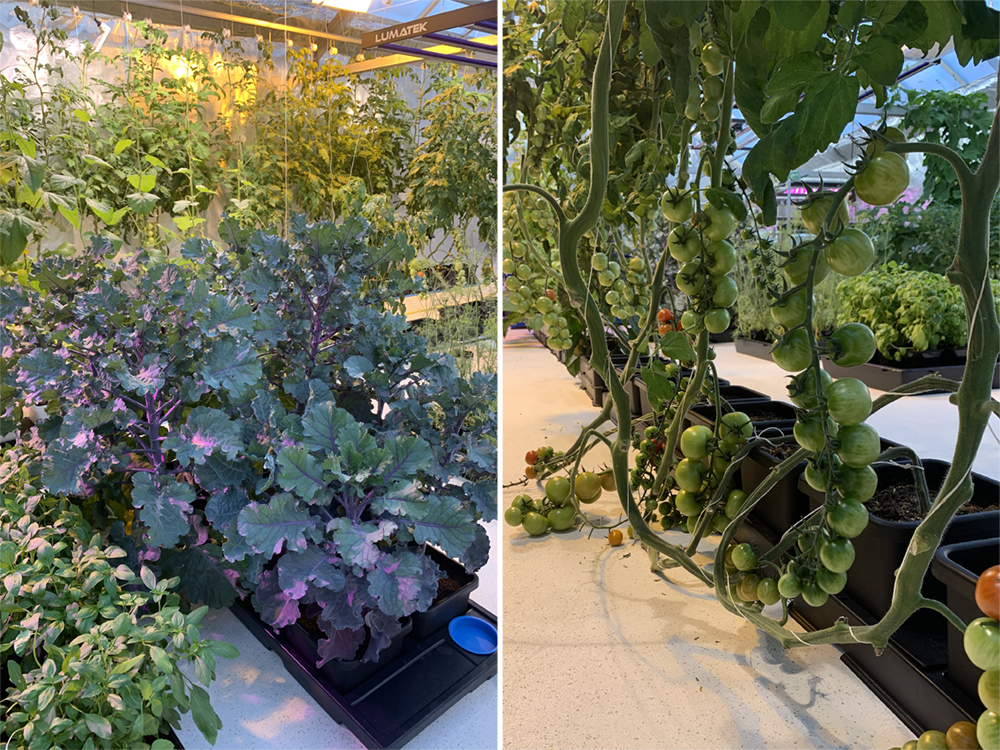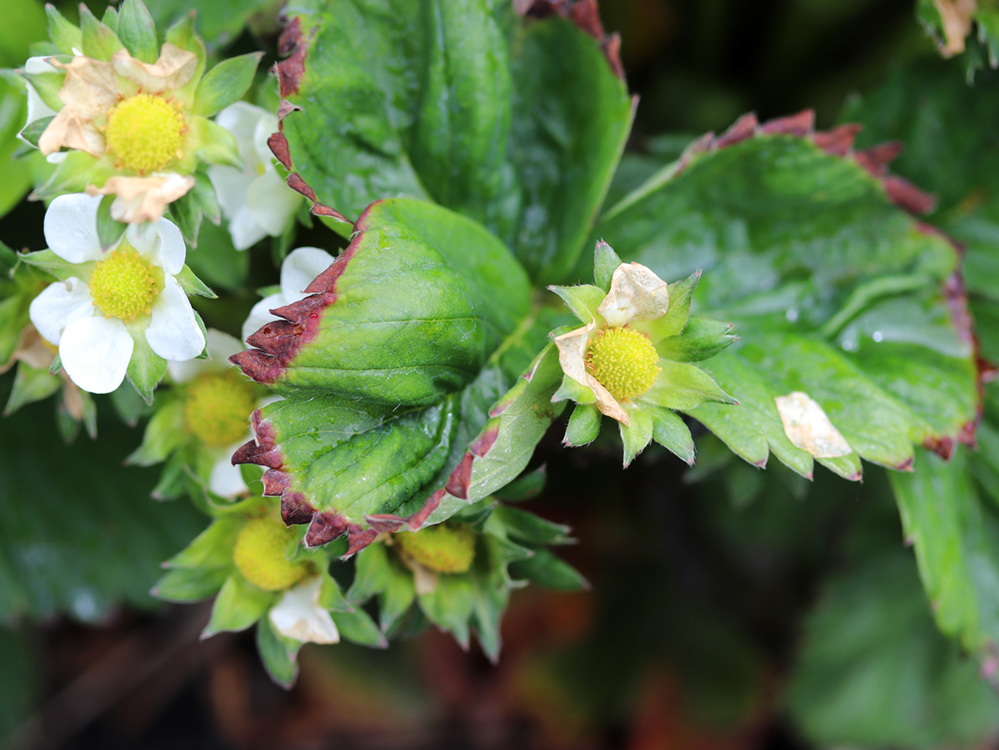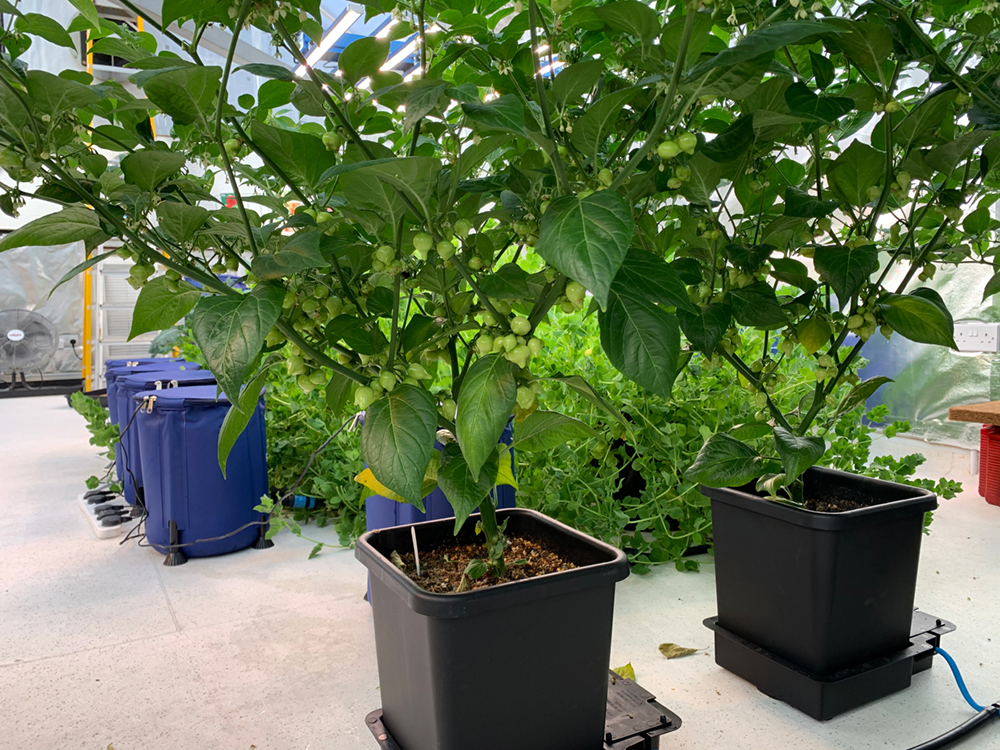
Use code 12DAYS for free shipping on all 12 days of Christmas promotional products

Of all the human race’s great innovations ‘indoors’ is a cosy, safe, private, sometimes naughty (!) favourite. Truly the al fresco can be stunning, but do you really want live out there like a mollusc? Best of all, bringing nature indoors is perfectly possible with plant life. It’s highly advisable too, in that it creates a nice, calming, well-oxygenated environment. So now you’re happy, well done, but how are your plants feeling?

A little water, a little sun, a little feed and standard houseplants or herbs can cheerfully thrive. But what of needier, climate-hungry, keen-feeding plants such as fruit, veg, and flowers? Depending on your indoor space these can require dedicated light sources and climatic control in order to stimulate and support growth. These days such kit needn’t be difficult to master, expensive to buy, or costly to run. But a little bit of balancing between the strength of your climatic inputs and the needs of your plants is necessary.

Left unchecked, artificial light and cultivated humidity levels can set off some offbeat and distressing plant behaviour. There are several possibilities to explore when identifying the cause of such behaviour and it’s important to check water, feeds, substrate, and climatic equipment thoroughly and to keep an open mind. However, where humidity and light are concerned, calcium and magnesium deficiencies will inevitably be prime candidates.
Yellowed leaves, brown spots, discoloured tips, and stunted growth are typical symptoms of a calcium and magnesium deficiency. Such a shortfall in these essential secondary nutrients can seriously undermine your plant’s capacity to develop fully and deliver the fruit and flowers you rightly crave.

Calcium deficiencies can often be traced back to overly high relative humidity or temperature issues. Yes, grown indoors certain types of plant do require humidity to thrive. But create too much humidity and the plants won’t move enough water through their vascular system. When water is not moving in sufficient quantities nutrients like calcium don’t move either. Calcium stays down in your substrate or nutrient solution when it should be strengthening cell walls within the plant. As calcium this THE essential element for cellular development and strength its absence can be pretty catastrophic.

With magnesium it’s a case of making sure your plants are getting the right amount relative to your lighting. Given the element’s vital role in photosynthesis and the fact that indoor lighting can be pretty intense, magnesium is often in demand. Insufficiently stocked with magnesium, a plant will simply strip the element from older areas of growth. At best this will severely undermine your plants potential for full, healthy, productive development. Again, the long-term answer to solving both deficiencies lies somewhat in fine-tuning your inputs. The immediate remedy however may lie in a CalMag solution.

If something is a cliche it’s often because it’s true. Yes, when growers find themselves in times of trouble Mother CalMag regularly pays a visit. It’s not necessarily CalMag that’s called for, but often it is. Such safe, easy-to-use, readily available treatments can help you quickly get back on track. Treatments are almost always ready-mixed with a greater weighting given to the calcium component. Vital as it is, magnesium needs to be applied judiciously given that excess quantities of the element can have negative side-effects. Yet another reason why correct diagnosis of the problem is necessary before going all-in on a CalMag.
With plentiful calcium your plants can rapidly resume robust development from root to tip. You stand to see stems and branches capable of supporting heavy fruits and flowers, beautiful, fully functioning leaves, and a burgeoning vascular system. With magnesium levels replenished chlorophyll molecules in the plant can properly utilise sunlight and CO2 to produce the sugars necessary for growth. The processes that send sugars on their way around your plant to where they’re needed are also unlocked by magnesium. This means you can expect fuller, more healthy development which in turn draws properly on the nutrients and moisture around the roots.

Some might furrow their brows against all this bending of nature to facilitate indoor growing. But doubtless many doubters also have the capacity to grow outside. Another way of looking at indoor growing solutions is that they democratise growing, open it up to people otherwise excluded from experiencing horticulture, and bring plant life joy into lives everywhere. And what’s wrong with that?
Home » Balancing Your Indoor Garden – Climatic Inputs and CalMag
| Monday | 9AM-5PM |
| Tuesday | 9AM-5PM |
| Wednesday | 9AM-5PM |
| Thursday | 9AM-5PM |
| Friday | 9AM-5PM |
| Saturday | Closed |
| Sunday | Closed |